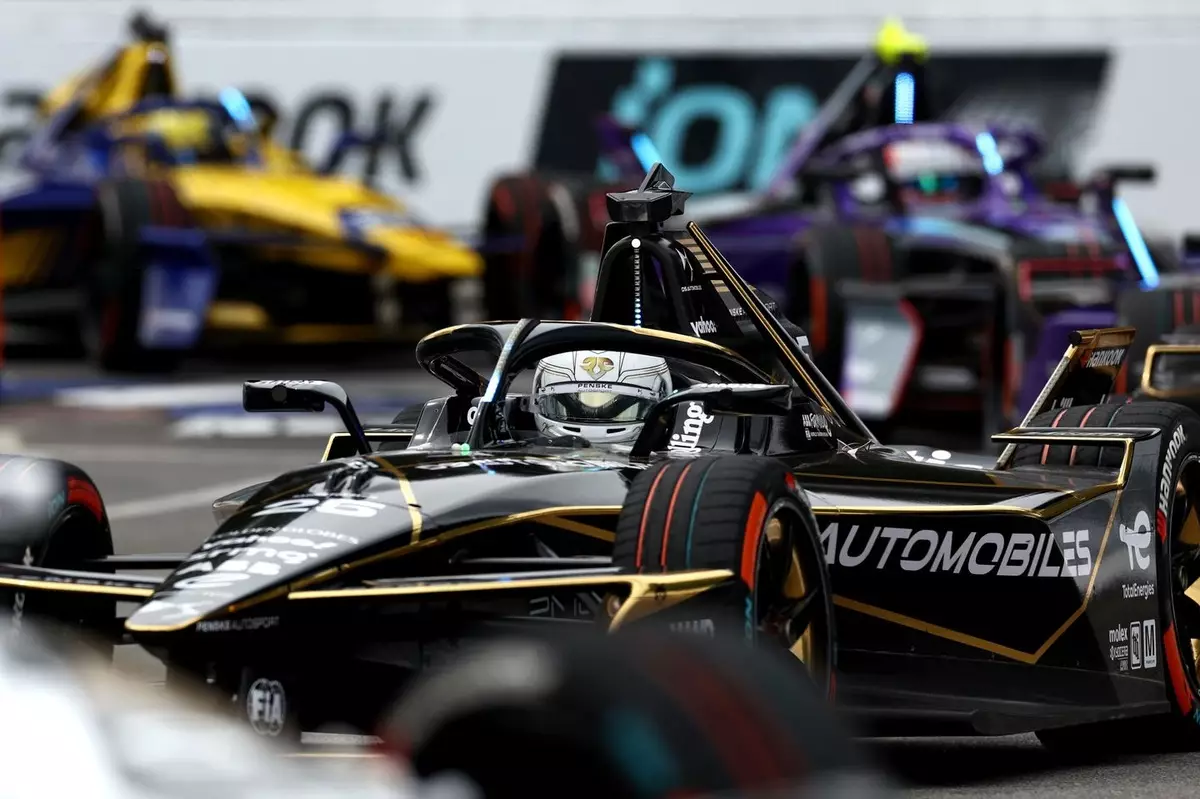The recent months have introduced transformative changes within the realm of Formula E, particularly as it approaches the debut of its latest innovation, the Pit Boost, at the Jeddah E-Prix. While this all-electric racing series continues to pioneer advancements in motorsport, seasoned drivers, such as two-time champion Jean-Eric Vergne, express caution about the unforeseen ramifications these updates could incite on the track. His insights not only reflect concerns about competition but also raise essential questions regarding the integrity of racing dynamics amidst growing technological complexity.
This season has witnessed the implementation of the Gen3 Evo model, which encompasses a series of technological upgrades. With the adoption of softer Hankook tires and an all-wheel-drive capability, the cars are reported to have produced remarkable laps times, achieving nearly three seconds faster in Sao Paulo and 2.3 seconds quicker in Mexico compared to previous records. The racing landscape is poised for a shift as these innovations promise greater excitement, yet they usher in substantial procedural modifications, including the introduction of the Pit Boost.
The Pit Boost, a platform for enhanced battery utilization during racetime, signifies Formula E’s commitment to redefining competitive performance. As each car receives a 10% battery recharge at 600kW during a standardized 30-second pit stop, the race strategy is about to evolve dramatically. While the potential for rapid racing and strategic depth is exciting, Vergne’s apprehensions highlight a pivotal issue: the balance between chance and skill.
Vergne’s observations regarding the Pit Boost emphasize the strategic complexities that could arise from these new regulations. In unpredictable racing environments, such as those with variable track conditions or altering safety measures, a team’s strategy can have cascading effects that may sway the outcome against their favor. Vergne articulated concerns about drivers potentially being left a lap down depending on the execution of their pit stops and the arrival of safety cars, emphasizing the need for regulatory oversight to mitigate this risk.
“If the race leader comes out of the pits and finds themselves a lap down due to the timing of the pitstops, especially with a safety car in play, it raises the stakes for all competitors,” he noted. Such scenarios mean that luck could increasingly play a role in determining the winner, which detracts from the skill and performance-based ethos that motorsport champions.
As Vergne framed the issue, there is an essential tension between the unpredictabilities of racing and the determination of winners. The role of variables like safety cars during key pit stop moments can hugely favor drivers who benefit from unexpected timing shifts, exemplifying how a single moment can profoundly influence a race’s trajectory. This unpredictability contradicts the intricacies and expertise drivers cultivate throughout the season, leading to a call for enhancements in the procedural structure to preserve competitive fairness.
Another troubling aspect of the current setup is linked to the enhanced Attack Mode introduced for this season. Though it has become significantly more powerful with the integration of all-wheel drive, its effectiveness can be greatly undermined by external race situations, such as full-course yellows or safety car deployments. Vergne recounted his frustrating experiences during the Sao Paulo and Mexico races where he was unable to maximize the intended benefits of Attack Mode due to untimely interruptions.
The consensus among drivers, including Sebastien Buemi, underscores a shared belief that adjustments need to be made to ensure fair play. Considering the inherent unpredictability of motorsport, finding a balance that minimizes luck’s influence while promoting skill-based victories is paramount. As the conversation surrounding these regulations evolves, it raises crucial questions about the overarching narrative of season fairness versus technological advancement—one that Formula E will need to confront proactively as it continues its journey into an increasingly competitive future.
The balance between innovation and competition is a challenging task but essential for the integrity of Formula E. As this season advances, the impact of the Pit Boost on the racing landscape will undoubtedly be scrutinized, illustrating the delicate nature of progress within high-stakes motorsports.

